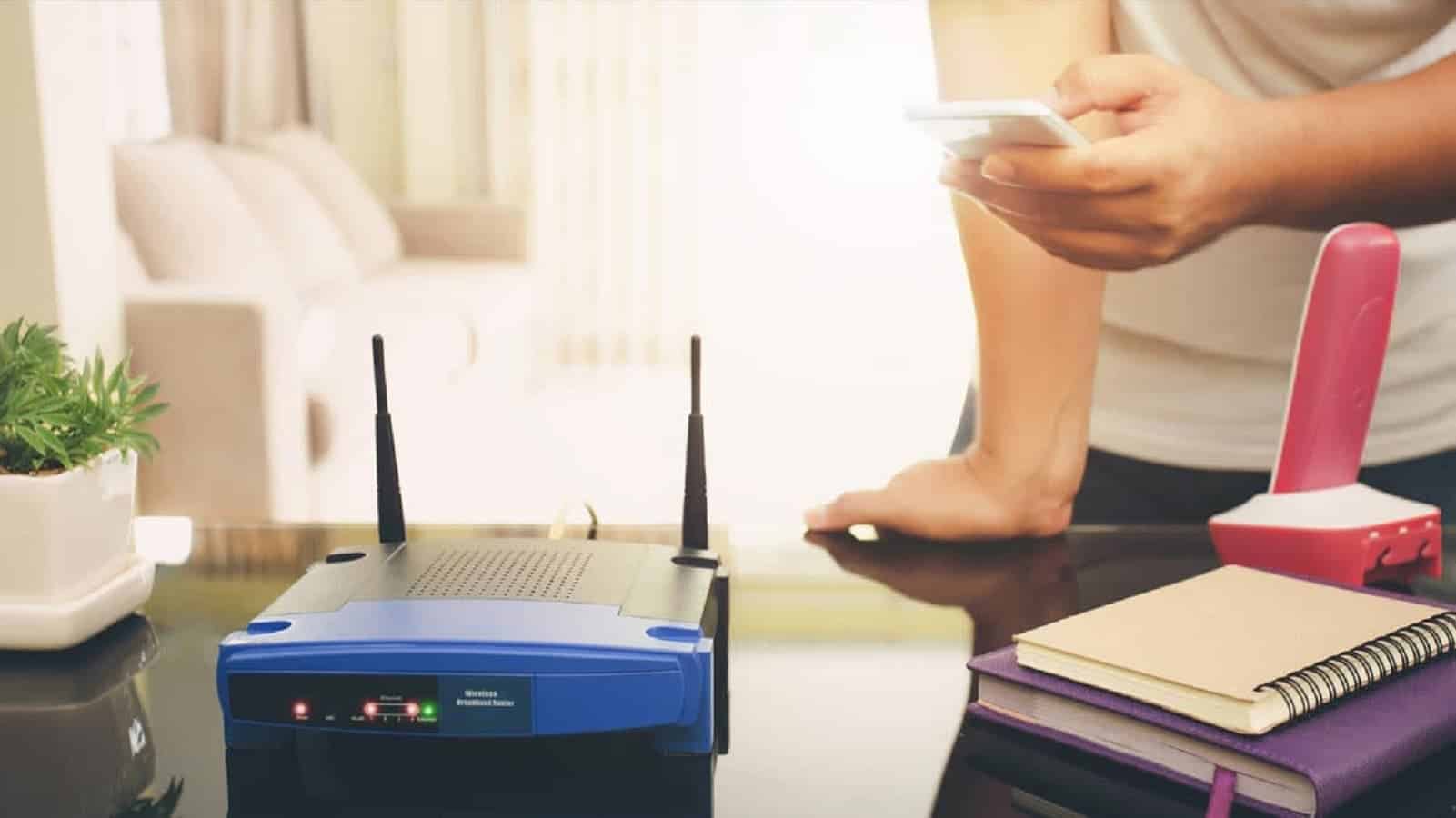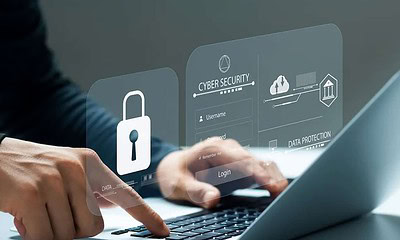
Just a heads up, if you buy something through our links, we may get a small share of the sale. It’s one of the ways we keep the lights on here. Click here for more.
Security has both immediate and future consequences. So what is the importance of investing in the Internet of Things (IoT) security? Or more precisely, what’s the cost of solving, or not solving, the IoT security problems?
It’s no doubt that security is a complex challenge, especially with the dawn of the smart, autonomous future upon us. The security risks for the growing intrinsic web of connected devices and things across cyberspace, aquaspace, geospace, and space (or CAGS) are becoming complex.
The Security Challenges That the IoT Poses
The number of potential security threats increases in tandem with the upsurge in devices added to the IoT. Cybersecurity is no longer only concerned about the connectivity of an enterprise or the number of connected things in it. The reality of today is that the IoT is now connecting everything and everyone, which means that everyone is now not only vulnerable to security threats but also potential vectors.
This situation has changed everything since hackers can now easily gain access to anybody’s network through any of the myriads of interconnected things and devices such as digital locks, thermostats, baby monitors, refrigerators, smart meters, light bulbs, and so much more.
It, therefore, follows that securing the IoT is vital to the wellbeing, privacy, personal safety, data security, and security of everything and everyone across the globe.
This is primarily because connected devices typically use tiny processors for their embedded functions. However, though these processors are efficient and cost-effective, the devices lack the necessary computing and memory power needed to incorporate the latest security solutions to make them resilient.
It’s also not possible to upgrade the devices whenever new information becomes available about any emerging security threats from cyberspace or beyond. Besides, in the absence of convention standards, integration and interoperability get complex. The low cost of devices coupled with the resulting mass production due to increased demand does not help the situation.
So Just How Important is IoT Security?

The answer is “extremely.”
It is hard enough to manage cyberspace security risks, let alone a rapidly increasing number of interconnected devices. As businesses and organizations boost their cybersecurity efforts and protect their sensitive data and intellectual property, the adversaries have moved towards the less secure interconnected devices to gain access to protected networks.
Even as you evaluate the overall IoT security needs and vulnerabilities, it is vital to understand and appreciate what is required to meet security challenges. The questions to ask yourself are:
- What kind of innovations does IoT security require?
- How do we build connected things with security capabilities?
- Where is the security investment going?
Understanding each aspect of the IoT ecosystem is the best first step to solving this emerging integrated security problem facing everyone.
Understanding the IoT Ecosystem
It is essential to understand and evaluate the different cybersecurity integration points to identify where the security risks lie in the connected CAGS ecosystem.
Digital Data
The evaluation of IoT technologies, platforms, and applications has made one thing clear – that IoT security has many layers. The data security layer is perhaps the most critical one. This is because despite digital data being the driving force of the global digital age, the increasing data breaches are a growing point of concern for every entity and individual across nations: government, industries, organizations, and academia (NGIOA).
Data breaches, theft, and manipulation are practically an everyday affair across the globe from low-profile to high-profile attacks and small security breaches to the significant ones. Presently, there is no proven, easy way to stop this growing surge of cyberattacks. Ergo, no individual or entity is immune to these data security challenges – irrespective of whether its personal, corporate, government, IoT or big data.
Already, nations face threats of data destruction, deletion, and manipulation without adding the security gap that IoT poses, which attackers are now targeting. Unfortunately, cyber-criminals do not only breach networks to steal data alone; they also manipulate or delete it, which is a critical risk facing entities and individuals within any NGIOA.
Amid the digital global age’s interconnectedness and interdependencies, the boundaries between personal data, consumer data, corporate data, citizen data, big data, national security data, and IoT data remain blurred. This point raises the following questions:
- Who is accountable and culpable for data security?
- How do we manage the integration points’ security risks?
- What tools are available for identifying and stopping cyber-attacks?
- What tools are necessary?
Yes, data security is a complicated challenge. Despite the ongoing effort to secure data, it’s essential to evaluate if the current approach is efficient and whether there are sufficient technology and processes to enable effective management of data security.
Encryption Keys

Traditionally, encryption keys protect the proprietary, private, and sensitive data of entities and individuals across NGIOA. Senders and receivers transmit the keys between themselves from point A to B. Encryption keys are secret, but malicious actors can intercept, corrupt, and expose them through eavesdropping on the transmission.
Today’s encryption technology is commoditized. Entities across NGIOA can decide to encrypt their data at different levels, i.e. application level, database level, storage level, or network level. It is essential to appreciate the differences between encrypting data at various levels as well as the parameters that decide this choice. It is also necessary to know whether you should secure data in the same manner and how these integrated security networks will evolve.
All data does not need the same level of security. However, due to the interconnected nature of data and the blurred boundaries of the individual, network, physical, and device security as a result of IoT, there is a need to consider an integrated approach to ensure that data is protected at all levels. This will prevent unauthorized access, changes, destruction, or disclosure of data.
You can apply encryption in many ways to protect varied data types, but it’s not a full-proof security solution. Moreover, although a lot of focus has gone to encryption keys, key management is mostly ignored even though it is where many vulnerabilities originate. As a result, criminals target both encryption keys and the processes used to manage them.
Complex Challenges Facing the IoT
The IoT ecosystem faces many complicated security challenges as follows:
- Its security perimeter is porous, so it is easy to penetrate, disable, or manipulate. What’s more, since the IoT systems are connected via the Internet, they remain vulnerable from both within and outside the perimeter.
- Although IoT has critical functionality, the mass production of these devices makes many of them disposable.
- The general security assumptions made about IoT devices fail to consider all the parameters required to meet the needs of the present and future security ecosystem.
- It is not easy, or possible, to patch or upgrade IoT devices, even though they have a long life cycle.
- Securing the IoT ecosystem requires increased computational power, which is presently an issue.
So What’s Next?
The IoT spending continues to rise steadily and will expectantly hit trillions of dollars in a few years. IoT requires stronger endpoint security with the capability to withstand both cyberwarfare and EMP warfare.
Due to the nature of the IoT environment and interconnected devices, the safety of human beings is dependent on the secure protection and operation of endpoints and the ecosystem as a whole. In fact, you can stake the security, sustainability, and survival of nations – and possibly the future of humanity – on it.
Have any thoughts on this? Let us know down below in the comments or carry the discussion over to our Twitter or Facebook.
Editors’ Recommendations:
- Staying ahead of business risks
- Risk management for the insurance industry
- Cybersecurity & higher education
- Securing the cloud






























